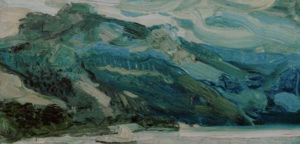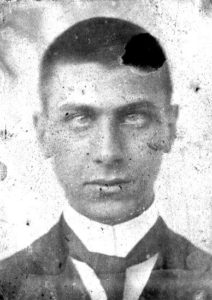
1883 - 1908
Richard Gerstl
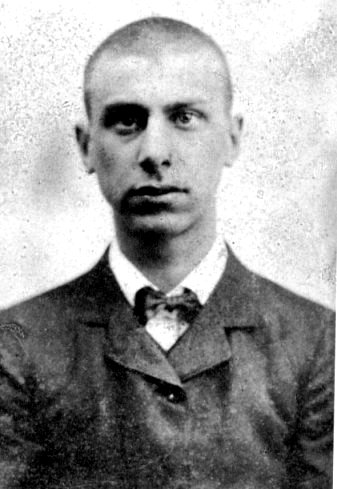
description
An Austrian artist who worked in the style of Expressionism.
He was born into a well-to-do Jewish family. The father of the artist was a rich businessman of Hungarian origin; his mother was a Czech-German Catholic. Richard did not study well at school; was expelled from the prestigious institution in Vienna, with the record “disciplinary difficulties» in his characteristic. The wealthy parents even hired private teachers for the young man.
Richard Gerstl was known for his unique portraits revealing the essence of the human soul and based on the teachings of Freud. The artist was a rebel and freethinker; his work was not properly assessed among his contemporaries. Gerstl lived only 25 years, though in his short life managed to make an invaluable contribution to the development of European Expressionism. His psychological painting served as the basis for the German branch of this movement, the brightest representative of which is Oskar Kokoshka.
Key ideas:
– The artist created a small number of works – around 60 oil paintings and several dozen drawings. Most of Gerstl’s paintings are portraits, both group and single. The artist paints human figures in full height, using his relatives, friends and himself as his models.
– Gerstl’s paintings reveal the character of a person and bear a profound psychological load. Most of the artist’s works are rather gloomy and disturbing, like the life of the author himself that ended tragically. Some art experts call Gerstl «Austrian Van Gogh» for his inner dissatisfaction and powerful energy of his work, transmitted by the vivid wavy brushstrokes.
– The art of Richard Gerstl is unique and absolutely different than works of his contemporaries. It is filled with symbolic images taking their sources deep in subconsciousness and is similar to the main statements of the famous personality theory of S. Freud.
– The artist is not afraid to depict human nature as it is, with all its vices and unattractiveness. In the nude figures in the paintings by Gerstel, romantics is absent, their faces turn into blurred masks and the background becomes a chaotic abstraction. His portraits are very individual and at the same time close to everyone. A viewer can see the reflection of their own passions and hidden wishes in them.
– The frankness of Gerstel’s paintings and the psychological approach to the depiction of a man was absolutely new for the art of Austria in the early XXth century. Perhaps, this is why Richard’s work caused mostly dislike and criticism of contemporaries. However, this did not stop the artist from eventually becoming, despite his youth, one of the most influential and extraordinary Expressionists in Europe.
– He brought in painting a new style, became an example for many artists and, most importantly, did not afraid to depict his own fears and doubts, thanks to which unique and very emotional paintings were born.
1883
1898
1900
1905
1906 - 1908
1908
The birth of the artist
Was admitted to the Academy of Fine Arts of Vienna
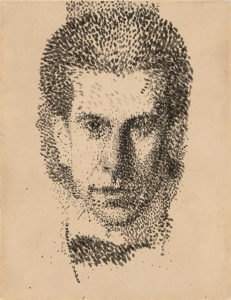
Gerstl during two years continued painting hiddenly
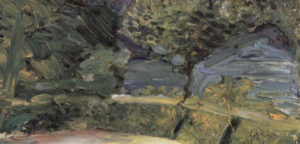
Met composer A. Schoenberg
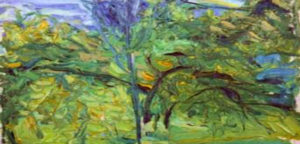
Gradually developed his own style of expression
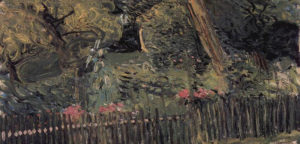
Richard suicided
